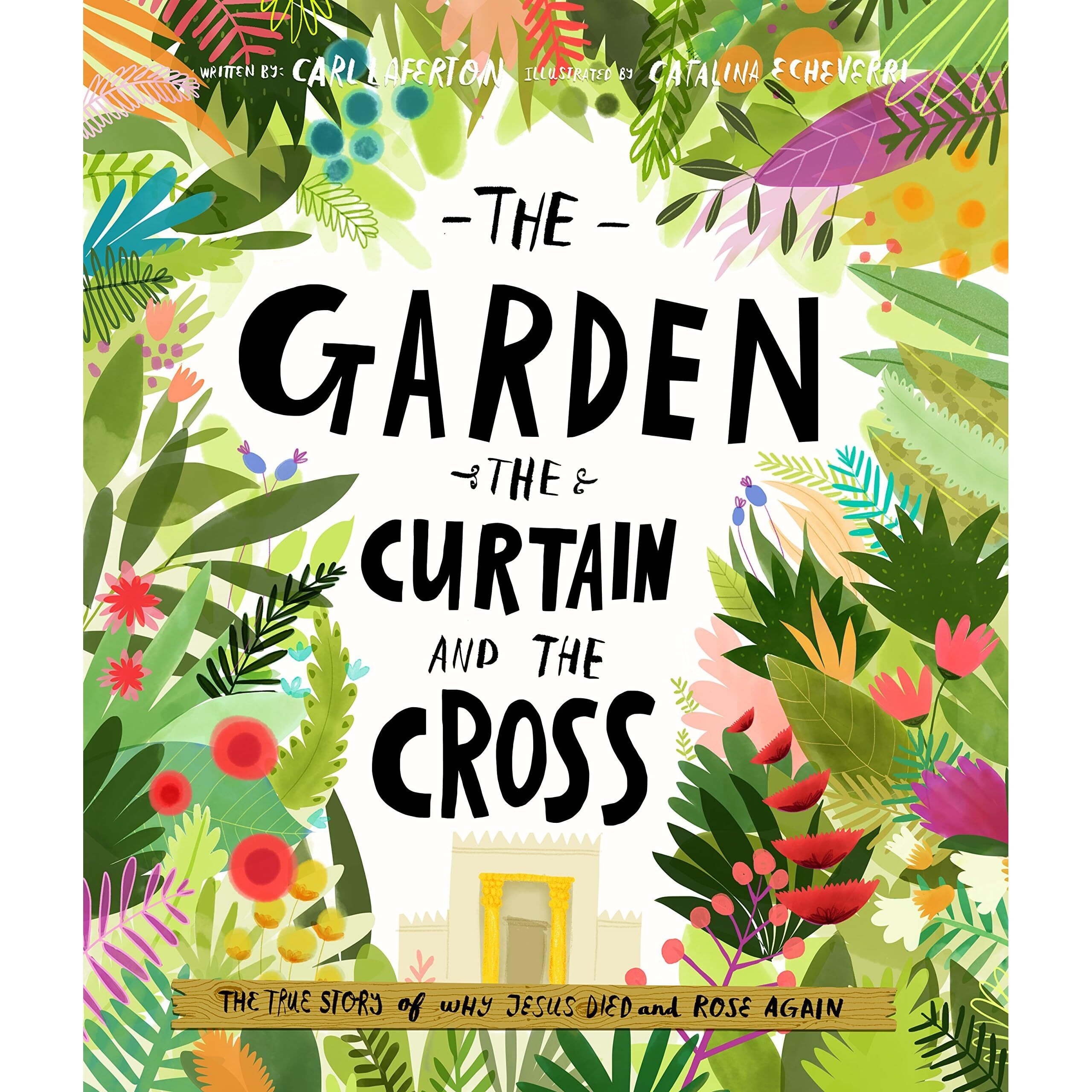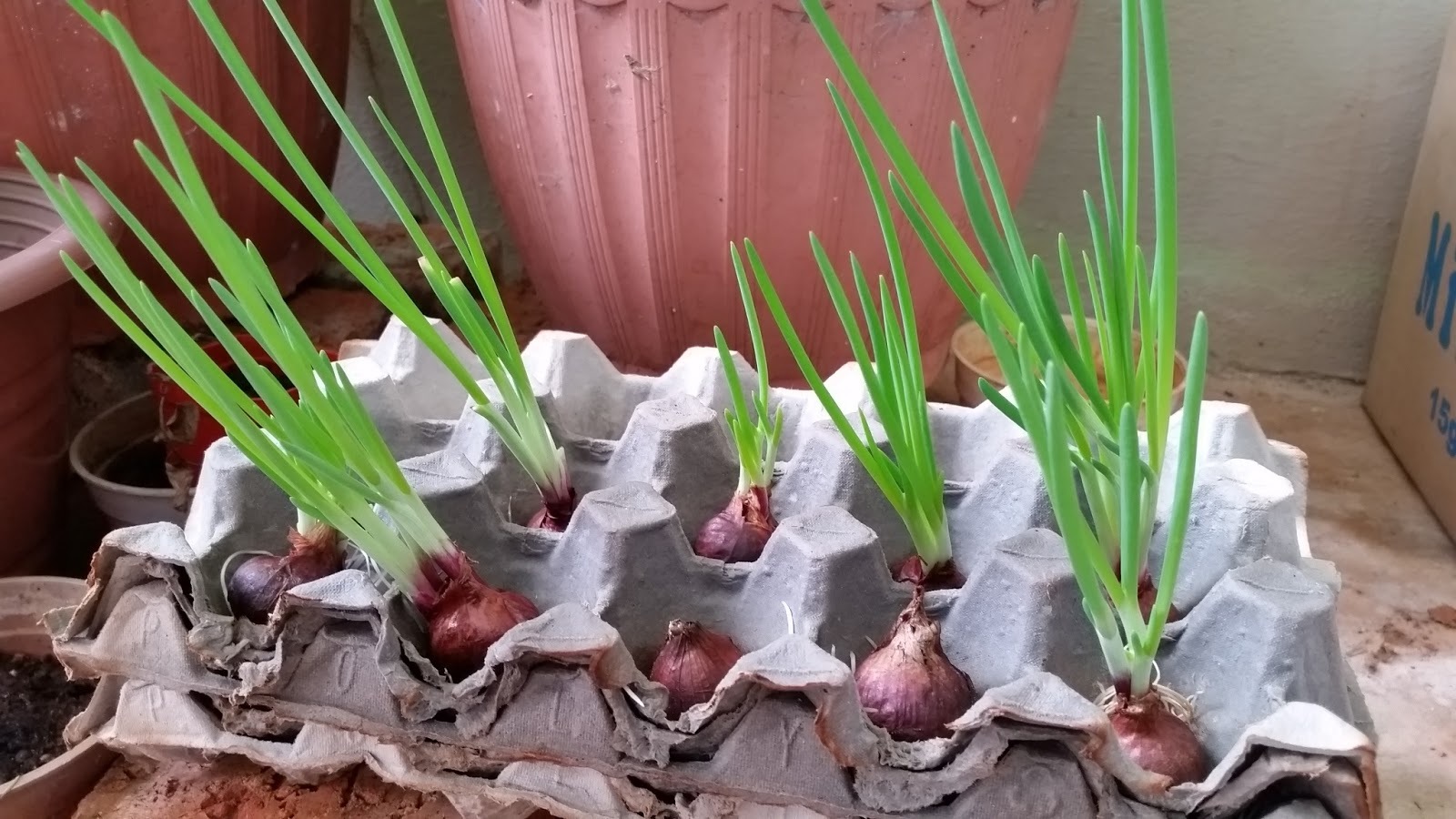The Garden the Curtain and the Cross A Tale of Redemption and Hope” is a captivating narrative that delves into profound themes of redemption and hope through the symbolic imagery of the garden, the curtain, and the cross. Authored with intricate detail and narrative prowess, the book serves as a poignant exploration of these timeless symbols and their significance in the overarching narrative of humanity’s salvation.
Within the pages of this compelling work, readers are transported into the rich tapestry of biblical history, where the garden, the curtain, and the cross emerge as powerful motifs, each carrying layers of meaning and significance. Through vivid storytelling and profound reflection, the book unravels the interconnectedness of these symbols, weaving them together into a narrative that resonates with themes of sacrifice, atonement, and ultimate redemption.
The garden, depicted as both a place of pristine beauty and a locus of humanity’s fall from grace, serves as a poignant reminder of the initial harmony between God and humanity, shattered by the consequences of sin. The curtain, a symbolic barrier separating humanity from the presence of God, becomes a tangible representation of the broken relationship between Creator and creation, highlighting the need for reconciliation and restoration. Finally, the cross emerges as the central focal point of the narrative, representing the ultimate sacrifice and triumph over sin and death, offering a pathway to redemption and hope for all who believe.
Through its exploration of these symbols, “The Garden, the Curtain, and the Cross” invites readers to contemplate the profound depths of God’s love and the transformative power of Christ’s sacrifice. It challenges readers to reflect on their own journey of faith and to embrace the promise of redemption and hope that lies at the heart of the Christian message. As readers journey through the pages Natural Garden Edging of this evocative tale, they are invited to encounter the timeless truths of Scripture in a fresh and compelling light, finding renewed hope and inspiration for their own lives.
Exploring the Garden:
The Garden of Eden stands as the hallowed ground where the story of redemption begins, its lush foliage and paradisiacal beauty serving as the backdrop for humanity’s fateful choices. In this sacred space, God fashioned the first man and woman, Adam and Eve, and placed them in a realm of unspoiled perfection, where harmony reigned supreme.
However, the serenity of the garden was shattered when sin, like a venomous serpent, slithered its way into paradise. Through an act of disobedience, Adam and Eve partook of the forbidden fruit, succumbing to the allure of knowledge and autonomy. In that fateful The Garden the Curtain and the Cross moment, the pristine innocence of the garden was marred by the stain of sin, ushering in a cascade of consequences that reverberated throughout creation.
The repercussions of this transgression were profound and far-reaching. The once-intimate communion between humanity and God was fractured, replaced by a sense of shame and separation. Pain, suffering, and death became the inevitable companions of the human experience, casting a shadow over the once-idyllic landscape of the garden.
Yet, even amidst the brokenness wrought by sin, glimpses of the garden’s former glory remain. Its beauty, though tarnished, still speaks of the Creator’s handiwork and the inherent goodness of His creation. The lush vegetation, the gentle rustle of leaves, and the vibrant array of colors serve as reminders of God’s abundant provision and His desire for relationship with His people.
In exploring the garden, we are confronted with the tension between beauty and brokenness, between the perfection of God’s original design and the reality of humanity’s fallen condition. Yet, even in the midst of this tension, there is hope. For just as the story of redemption began in the garden, so too does it find its ultimate fulfillment in the promise of restoration and renewal. As we journey through the Garden of Eden, we are invited to reflect on the profound implications of sin while holding fast to the hope of redemption offered through the saving work of Christ.
Unveiling the Curtain:
Central to the imagery of redemption is the veil or curtain that hung within the sacred confines of the temple, serving as a tangible barrier between humanity and God’s divine presence. This curtain, meticulously woven with intricate symbolism, represented the solemn separation between God’s holiness and humanity’s fallen state.
Within the temple, the curtain functioned as a potent reminder of the chasm that sin had created between Creator and creation. Its presence underscored the reality of humanity’s estrangement from God, highlighting the need for reconciliation and restoration. For generations, it stood as an impenetrable barrier, a silent witness to the brokenness of the human condition.
However, with the climactic events of Jesus’ death on the cross, the significance of the curtain underwent a profound transformation. In a moment of unparalleled significance, as Jesus breathed His last, the curtain was torn asunder, ripped from top to bottom. This dramatic act symbolized the seismic shift that had occurred in the spiritual realm—the once-insurmountable barrier between God and humanity had been obliterated.
The tearing of the curtain signified more than just physical destruction; it heralded a new era of access and intimacy with the divine. Through His sacrificial death, Jesus had paved the way for reconciliation, offering unrestricted access to God for all who would believe. No longer were humanity confined to the outer courts of the temple, separated by layers of fabric and symbolism. Instead, they were invited into the inner sanctum, into the very presence of God Himself.
In understanding the significance of the curtain, we are compelled to confront the profound truth of our separation from God—a reality that was overcome through the redemptive work of Christ. It serves as a poignant reminder of the transformative power of the cross, which bridged the gap between heaven and earth, restoring the broken relationship between God and humanity. As we contemplate the torn curtain, we are invited to embrace the boundless grace and unfathomable love that made our reconciliation with the Father possible.
Embracing the Cross:
At the heart of the story of redemption and hope stands the cross—a symbol of suffering, sacrifice, and ultimately, salvation. Through its stark imagery and profound significance, the cross serves as the focal point of the Christian narrative, embodying the transformative power of God’s love and the promise of new life.
Central to the Christian faith is the recognition of Jesus Christ’s sacrificial death on the cross as the pivotal moment in human history. In laying down His life, Jesus bore the weight of humanity’s sin, offering Himself as the ultimate atoning sacrifice. His death, though brutal and agonizing, was an act of unparalleled love and redemption, demonstrating God’s unyielding commitment to reconciling humanity to Himself.
In embracing the message of the cross, we are confronted with the stark reality of our own brokenness and need for redemption. The cross stands as a powerful reminder of the depth of God’s love—a love so profound that it was willing to endure suffering and death for the sake of humanity’s salvation. It is through the lens of the cross that we glimpse the magnitude of God’s grace and the boundless depths of His mercy.
Yet, the message of the cross is not one of despair, but of hope. For in the shadow of the cross lies the promise of new life and eternal salvation. Through His resurrection, Jesus conquered sin and death, offering the hope of redemption to all who would believe. It is through the cross that we find forgiveness, healing, and restoration—a pathway to wholeness and reconciliation with God.
By embracing the message of the cross, we are invited into a journey of transformation and renewal. It calls us to lay down our burdens, relinquish our fears, and fully trust in the redemptive work of Christ. As we fix our eyes on the cross, we are reminded of the profound truth that in Christ, we are made new—a truth that infuses our lives with hope, purpose, and unending joy.
Conclusion:
In conclusion, we have explored the rich tapestry of themes found in “The Garden, the Curtain, and the Cross,” delving into the profound symbolism of the garden, the curtain, and the cross as symbols of redemption and hope.
Throughout this journey, we have reflected on the significance of the garden as the starting point of humanity’s story, marred by the consequences of sin yet still bearing traces of God’s original design. We have contemplated the significance of the curtain in the temple, representing the barrier between humanity and God, which was ultimately torn apart through the sacrificial death of Jesus on the cross, granting access to God for all who believe.
As we conclude, I encourage you, dear readers, to continue exploring these themes in your own lives. Consider how the garden, the curtain, and the cross intersect with your personal journey of faith and redemption. Reflect on the beauty and brokenness of the world around you, and embrace the hope and new life offered through Christ’s sacrifice on the cross.
May “The Garden, the Curtain, and the Cross” serve as a source of inspiration and reflection for you, reminding you of the unending love and grace of God. Let its message of redemption and hope permeate your heart and mind, guiding you on your own journey of faith and transformation.
As you navigate life’s ups and downs, may you find solace and strength in the timeless truths of Scripture. May the message of redemption and hope found in this captivating tale illuminate your path and fill your heart with joy.









